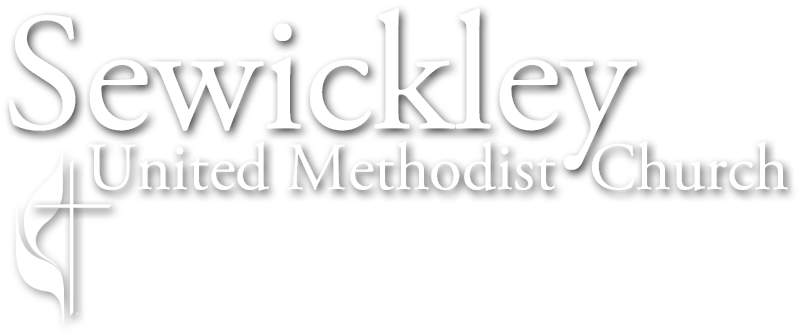Last month, my mother and I attended the funeral of my father’s cousin, Mike Papincheck. Mike’s mother and my paternal grandmother were sisters. Mike lived in Sewickley since the 1940’s. The funeral was held at St. Vladimir Ukrainian Orthodox Church in Ambridge.
The Ukrainian Orthodox Church is the home church of my father and his family. My parents were married in the Ukrainian Orthodox Church and, in fact, my mother signed papers that all of the children from their marriage would be raised in the Orthodox Church. My father was not an active church participant, and my mother, being raised Methodist (now United Methodist) and active in her home church, raised us in that faith tradition.
As I sat there listening to the funeral liturgy, a 27-page booklet (but who was counting), I could not help but think how my life would be different if my father had been an active church member, and we were reared in the Ukrainian Orthodox tradition. The style of worship is very different than that of the United Methodist. The interior of the sanctuary is far more ornate—beautiful, but different.
As I looked around, I could easily tell by the 14 people in attendance that my mother and I were the only ones who were “not at home.” Everyone else knew the liturgy, and I could see this was very much home for them.
My first thought was, I could never be an Orthodox Priest because he chants the whole service, and with my singing voice… well, you know what I mean. But there were other aspects of the worship experience that intrigued me.
The whole worship experience was far more “high church.” Since I did not fully understand the practices of their worship style, I researched some of their practices. One I found interesting was that it is not proper to cross your legs in worship. The explanation was that we cross our legs to get comfortable, and one should never be relaxed and comfortable in the presence of the Almighty.
The priest did some things that we would find very odd. One was the placing of a paper crown around the deceased’s head, and he rolled up a piece of paper and placed it in Mike’s hand. I went looking for answers as to this custom. This is what I found:
“The paper band on the forehead signifies a crown of glory or victory; just as a runner in the ancient Olympics received a crown of victory for completing the race successfully, so too the departed are crowned in victory for completing life’s course. The lettering on the crown is usually the prayer, ‘Holy God, Holy Mighty, Holy Immortal, have mercy on us.’
The paper placed in the hand of the deceased is a prayer known as the ‘Prayer of Absolution.’ The priest reads this prayer at the end of the funeral service, during which he proclaims that the sins of the departed are forgiven.”
At the conclusion of the service, we were all invited to pass by the open casket, but before doing this, we passed by the priest, who was holding a cross. We watched as each person stopped and kissed the cross. I found this very interesting and again went looking for answers. This is what I learned: “At the conclusion of each liturgy, it is customary to kiss the life-giving cross as a sign of thanks for Christ’s sacrifice on the cross for all humanity.”
I came away from this worship experience reminded that there are various styles of worship for the same God. No one style is any more correct than another. This worship experience has also reinforced the fact that our feeling at home in a particular church is often dependent upon how we were reared.
The important thing is that we come together and worship, however that takes shape and form. God is deserving of our worship. God deserves the very best we have to offer.
Therefore, since we are receiving a kingdom that cannot be shaken, let us be thankful, and so worship God acceptably with reverence and awe. (Hebrews 12:28-29 NIV)
I look forward to worshiping our great God with you.
Blessings,
Pastor Russel
Photo by saritarobinson

